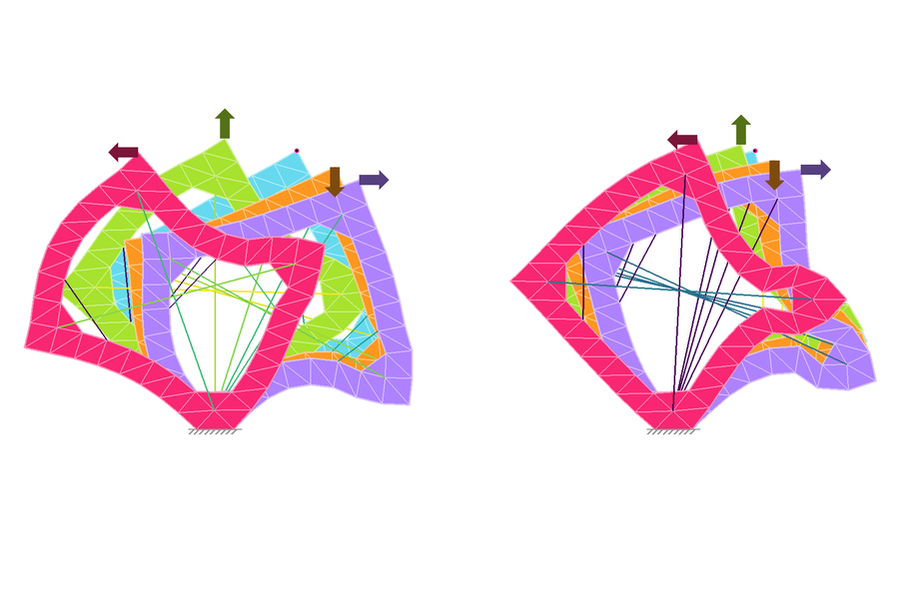The field of robotics has been redefined by the emergence of soft robotics, a sub-field that takes its inspiration from the natural world. As we veer away from the traditional rigid structures commonly associated with robots, there is a growing fascination with soft designs that embody flexibility and compliance. These advancements have broad implications, especially in sectors such as manufacturing and fulfillment. However, the existing limitations of soft robots necessitate a reevaluation of how we design and utilize these innovative constructs. Enter a groundbreaking project out of MIT’s Computer Science and Artificial Intelligence Laboratory (CSAIL), which is pioneering a novel approach to bridge the gap between soft and hard robotics.
The Bright Side of Soft Robots
Soft robots offer a multitude of advantages including adaptability and safety, particularly in human-collaborative environments. They are designed to navigate tight spaces and interact seamlessly with their surroundings. However, their inherent limitations mean they can lack the rigidity required for tasks that demand precision and strength.
- Applications: Soft robots have been successfully employed in areas requiring safe human interaction, like healthcare, delivery, and even manufacturing processes.
- Limitations: While they are excellent for certain applications, soft robots often struggle with tasks that require a firm grip or unwavering stability.
MIT’s Innovative Approach to Overcoming Limitations
Recognizing the constraints faced by soft robotics, researchers at MIT’s CSAIL have embarked on a project that could significantly alter the parameters of robotic design. By leveraging an intricate system of cables, their approach allows soft robots to adopt hard structures by pulling the cables in specific configurations. This paradigm not only expands the capabilities of soft robots but also enhances their functional versatility.
Imagine the flexibility of a soft robotic arm that, with just the right manipulation, can become rigid enough to perform precise tasks. This duality operates much like human muscles: by activating the right set at the right time, a human can lock their arm in place, allowing for both fluid motion and stability when necessary.
Research Findings and Future Directions
The MIT team has been running simulations since 2017 and is now moving towards the prototype phase. Their anticipated presentation at an upcoming conference promises to showcase the efficacy of this approach in practical applications. The integration of a soft structure with controlled hardness could revolutionize collaborative robotics by alleviating the risks associated with human-robot interactions.
- Prototyping: Developing a working prototype will allow researchers to test their theories in real-world environments.
- Safety: Enhanced functionalities could lead to improved safety standards in workplaces where humans and robots coexist.
Conclusion: Embracing the Future of Robotics
The exploration into how soft robots can transition into rigid constructs signals an exciting future for robotics. By embracing this hybrid model, researchers are paving the way for more adept and versatile machines that cater to a broad spectrum of industries. This imaginative endeavor not only leverages technological advancements but also positions us to rethink our roles in an increasingly automated world.
At fxis.ai, we believe that such advancements are crucial for the future of AI, as they enable more comprehensive and effective solutions. Our team is continually exploring new methodologies to push the envelope in artificial intelligence, ensuring that our clients benefit from the latest technological innovations. For more insights, updates, or to collaborate on AI development projects, stay connected with fxis.ai.

